SUPERCHARGE YOUR ONLINE VISIBILITY! CONTACT US AND LET’S ACHIEVE EXCELLENCE TOGETHER!
Welcome to the Definitive Guide to Bibliometric Analysis. In today’s knowledge-driven landscape, understanding the impact and significance of scholarly work is paramount. Bibliometric analysis, a method rooted in statistical analysis of citations, offers invaluable insights into the influence and relevance of academic literature.
In this guide, we’ll delve into the core principles of bibliometric analysis, exploring its key indicators, methodologies, and applications across academia and beyond. From unraveling citation patterns to leveraging bibliometric insights for SEO optimization, join us as we navigate the intricate terrain of scholarly impact assessment and digital visibility enhancement.
Bibliometric is a method that includes statistical analysis of published articles and citations therein to measure their popularity or their impact in a certain field.

It is most commonly used by researchers and publishers to identify articles or works of significance in a particular field.
Similarly, it is also used by a search engine to find authoritative sources of content relative to the user’s query.
BIBLIOMETRIC INDICATORS
01 Citations
02 Authors
03 No. of Publications
04 Departments
05 Journals
06 Countries
07 Subject Areas and Categories
IS CO-CITATION A RANKING FACTOR?
What is Co-Citation?
Bibliographic Co-Citation is a popular similarity measure used to establish a subject similarity between two items.
If A and B are both cited by C, they may be said to be related to one another, even though they don’t directly reference each other.
If A and B are both cited by many other items, they have a stronger relationship. The more items they are cited by, the stronger their relationship is.
HOW SEARCH ENGINES MAY USE CO-CITATIONS TO RANK CONTENT
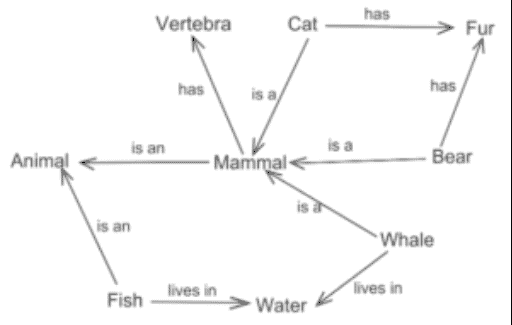
#Using Co-citations, Google can make semantic relationships between seemingly unrelated documents.
#A large number of co-citations will lead to a stronger semantic relationship. Hence a document
with more relevant citations and co-citations is a more authentic source with respect to a part.
EVIDENCE OF CO-CITATION AS A RANKING FACTOR
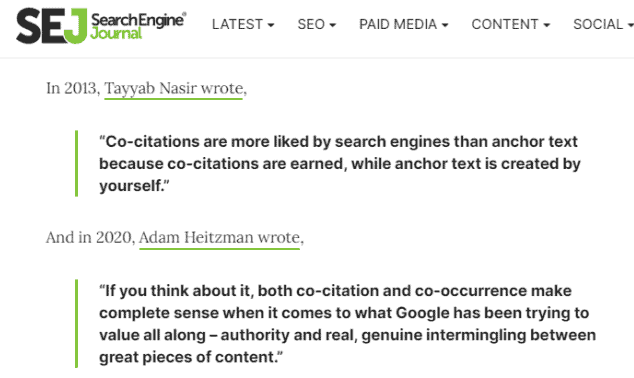
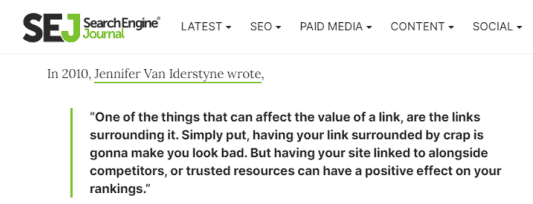
How to use Bibliometric analysis to improve your Off Page SEO Game

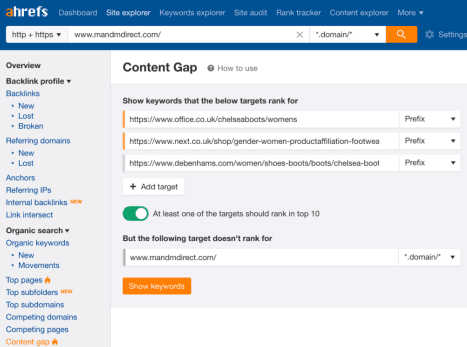
- First we choose a keyword and use the intitle: operator to look for footprints like “write for us” , “submit post”, “Leave a comment,” etc.
- We can shortlist these domains as link-building opportunities.
- .Use a keyword in the phrase and scrape the top 10 competitors. Then plug them in a keyword tool to find all backlinks with the following filters, DA>10, and domains linking to more than two competitors.
- Use the link intersect tool for domains that link to two of your competitors but do not link to you.
- Thus we gain useful co-citations as part of our Link Portfolio.
Bibliometric Analysis Use In SEO
Bibliometrics uses statistical methods to analyse books, articles or content. Bibliometric analysis methods estimate how much influence or impact a selected research article.
For this analysis we have to follow certain algorithms like N-gram, Relevancy Checker, Similarity Checker, and Density Checker.
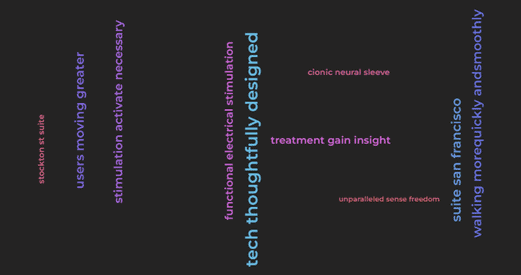
With the help of N-Gram analysis we can pick a valid meaningful keyword from the content.
In the list there have lots of content we have to pick a meaningful keyword from the list.

We can select the “fingerless circulation gloves” keyword. We have to do an entire detailed analysis of the particular keyword and the page’s content.
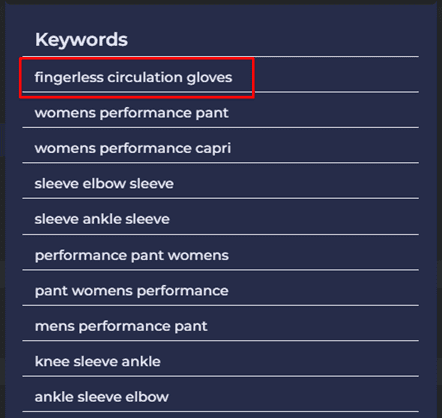
We have to analyze the selected keyword “fingerless circulation gloves” relevancy:
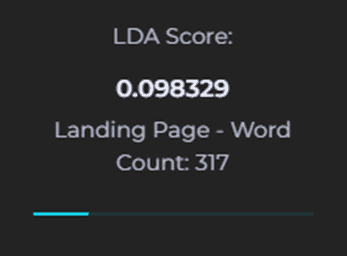
We have to analyze the selected keyword “fingerless circulation gloves” similarity:
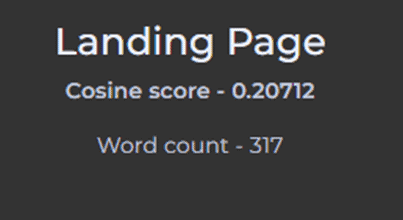
We have to analyze the selected keyword “fingerless circulation gloves” Density:

After all the analysis, we can conclude that the keyword “fingerless circulation gloves” is a perfect fit for this page. We can use this keyword for the promotion factors.
Harnessing Bibliometric Insights for Strategic Content Promotion
In the digital age, where content is abundant and attention spans are fleeting, mastering the art of strategic content promotion is essential for gaining traction and visibility. Bibliometric analysis, with its roots in statistical examination of citations within scholarly literature, presents a unique opportunity for content creators to refine their promotion strategies. By leveraging bibliometric insights creatively, marketers and content creators can unlock new avenues for enhancing their digital presence and driving engagement.
Identifying Influential Networks and Authorities: Bibliometric analysis enables content creators to identify the most influential authors, journals, and subject areas within their niche. By analyzing citation patterns and co-citation networks, they can pinpoint key players whose endorsement or engagement can significantly boost their content’s reach. Understanding the interconnections between scholarly works helps in identifying authoritative sources and leveraging their influence for content promotion.
Tailoring Outreach Efforts: Armed with insights from bibliometric analysis, content creators can tailor their outreach efforts to target specific individuals or communities within their niche. By focusing on engaging with authors or journals with high citation rates or strong co-citation relationships, content promotion efforts can be more targeted and effective. Personalized outreach based on bibliometric insights increases the likelihood of garnering attention and support from relevant influencers and thought leaders.
Uncovering Trending Topics and Emerging Research Areas: Bibliometric analysis can reveal emerging trends and hot topics within a field by tracking the frequency and context of citations. Content creators can capitalize on these insights by aligning their content with trending themes and addressing emerging research gaps. By staying ahead of the curve and producing content that resonates with current discourse, creators can position themselves as authoritative voices within their niche.
Enhancing Content Credibility and Authority: Associating content with highly cited works or reputable authors enhances its credibility and authority. By incorporating bibliometric insights into their content strategy, creators can strategically reference influential studies or authors, thereby lending credibility to their work. This association with established sources elevates the perceived value of the content, making it more compelling to both readers and search engines.
Unveiling Scholarly Impact: Navigating Bibliometric Analysis in the Digital Age
In an era marked by information overload and rapid knowledge dissemination, the ability to gauge the impact and influence of scholarly work is more critical than ever. Bibliometric analysis emerges as a powerful tool in this endeavor, offering researchers, publishers, and institutions a systematic way to navigate the vast landscape of academic literature. In this digital age, where data reigns supreme, understanding how to harness bibliometric insights is essential for making informed decisions, shaping research priorities, and assessing scholarly impact.
Exploring Citation Patterns:
At the heart of bibliometric analysis lies the examination of citation patterns within scholarly literature. By tracking how often a particular work is cited by other researchers, bibliometrics can measure its impact and influence within a given field. Moreover, analyzing the context and nature of citations provides valuable insights into the interconnectedness of research and the emergence of new trends or paradigms. Through bibliometric analysis, researchers can uncover seminal works, identify influential authors, and trace the evolution of ideas over time.
Mapping Co-Citation Networks:
Beyond individual citations, the bibliometric analysis also allows for the mapping of co-citation networks, revealing the relationships between different works and authors. Co-citation occurs when two or more works are frequently cited together by other researchers, indicating a thematic or conceptual connection. By visualizing these networks, researchers can gain a deeper understanding of the structure of knowledge within their field, identify clusters of related research, and uncover hidden connections between seemingly disparate topics. This insight into co-citation networks can inform collaboration efforts, highlight emerging research trends, and guide strategic decision-making.
Quantifying Scholarly Impact:
In addition to qualitative insights, bibliometric analysis offers quantitative metrics for measuring scholarly impact. Common bibliometric indicators include citation counts, h-index, and journal impact factors, among others. These metrics provide researchers with tangible measures of their academic productivity, influence, and visibility within the scholarly community. However, it is essential to interpret these metrics with caution, taking into account factors such as field-specific citation practices, self-citations, and the quality of the citing sources. By triangulating various bibliometric indicators, researchers can obtain a more comprehensive assessment of their scholarly impact.
Navigating the Digital Landscape:
In today’s digital age, bibliometric analysis has become increasingly intertwined with technological advancements and digital tools. With the proliferation of online databases, citation indices, and bibliometric software, researchers have unprecedented access to vast amounts of citation data and analytical tools. These digital resources enable researchers to conduct more extensive bibliometric analyses, explore interdisciplinary connections, and uncover new insights into the dynamics of scholarly communication. Moreover, the integration of bibliometric analysis into digital scholarly platforms facilitates real-time tracking of research impact, collaborative networking, and knowledge dissemination.
Challenges and Considerations:
Despite its utility, bibliometric analysis poses several challenges and considerations in the digital age. Issues such as data accuracy, coverage biases, and the reliance on quantitative metrics raise questions about the validity and reliability of bibliometric indicators. Moreover, the ethical implications of bibliometric practices, including the potential for gaming citation metrics or perpetuating inequities in scholarly evaluation, require careful consideration. As researchers navigate the complexities of bibliometric analysis in the digital age, it is essential to approach it with critical awareness, transparency, and ethical responsibility.
End Note
The Definitive Guide to Bibliometric Analysis underscores the profound impact of this method in navigating the complex terrain of scholarly literature and digital visibility enhancement. By dissecting citation patterns, co-citation networks, and quantitative metrics, researchers, publishers, and content creators gain invaluable insights into the influence, relevance, and impact of academic work. Moreover, leveraging bibliometric analysis in SEO strategies empowers marketers to refine content promotion efforts strategically. However, amidst the opportunities presented by bibliometric analysis, it is crucial to remain cognizant of challenges such as data accuracy, ethical considerations, and the need for critical interpretation of metrics. As we navigate the digital landscape of knowledge dissemination, bibliometric analysis emerges as an indispensable tool for making informed decisions, shaping research priorities, and assessing scholarly impact in the ever-evolving landscape of academia and beyond.

